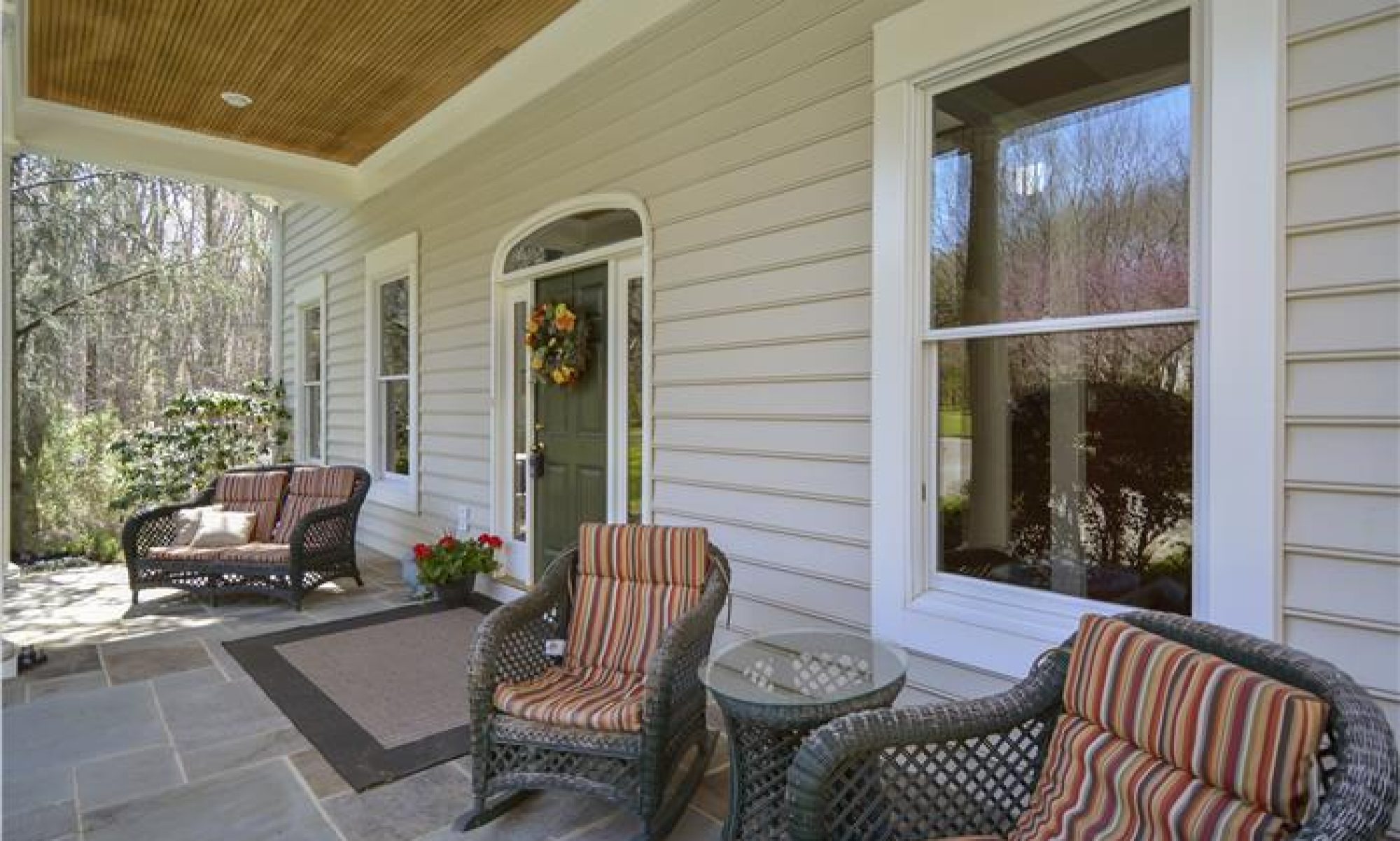by Dan Krell
DanKrell.com
© 2013
 If I said that we could experience another housing bubble, you might be concerned for my mental health. But a couple of years ago I wrote about an impending housing shortage, which could spark another bubble similar to what occurred during 2004-2005. The market-conditions similarities between 2004 and today are foreboding, if not intriguing. (Dan Krell © 2013)
If I said that we could experience another housing bubble, you might be concerned for my mental health. But a couple of years ago I wrote about an impending housing shortage, which could spark another bubble similar to what occurred during 2004-2005. The market-conditions similarities between 2004 and today are foreboding, if not intriguing. (Dan Krell © 2013)
There hasn’t been talk of a housing shortage since 2004; but looking at Montgomery County MD as an example, you might begin to see similarities between the housing bubble of 2005-2006 and today’s real estate market.
Monthly peek single family inventory in Montgomery County did not exceed 2,000 total active units in 2004; while the absorption rate was reported by the Greater Capital Area Association of Realtors® (GCAAR.com) to be about 80% during the winter of 2004. During the following year, the winter active inventory greatly increased and the absorption rates dropped to about 40%. The result was a housing market that reached critical mass, and a one year appreciation rate of about 18% for Montgomery County single family homes; which played a key role in the rampant real estate speculation in 2005-2006.
Active housing inventory has been declining since 2010; the greatest decrease occurring during 2012. According to the monthly home sale statistics posted on the GCAAR website (GCAAR.com), there were 1813 active single family inventory units for sale in Montgomery County during January 2012. And although active single family units peaked for the year during the spring of 2012, active inventory dwindled to a low of 1198 active units for sale during January 2013 – a year over year decrease of about 40%. Additionally, the absorption rate of listed homes for sale is rapidly approaching 60%
Add the home price facet – on March 5th, CoreLogic (corelogic.com) reported that national home prices increased 9.7% during January 2013, as compared to January 2012. This was reported to be the greatest year of year home price increase since 2006.
An additional and telling similarity between the pre-bubble years and present is the number of real estate investors jumping in to cash in on distressed properties. Of course at the height of the real estate bubble of 2004-2006, real estate investing was transformed from the traditional “rehab and flip” to no rehab and flipping properties as quickly as possible. A great number of homes sold today are to investors, either to rehab or to rent.
In 2004, like today, we were about three years post recession; albeit the recession of 2001 was not as protracted as the “Great Recession.” At that time, like today, the Federal Reserve funds rate was historically low.
Although an “easy money” monetary policy is another similarity between the periods, a major difference is the availability of mortgage money. Getting a mortgage is much more difficult today than it was in 2004-2005. Buying a home without a down payment as well as qualifying for a mortgage without documenting income could have been a factor of the wide spread real estate speculation of 2005-2006. Today, as a result of the bursting of the 2005-2006 housing bubble, underwriting qualifications are more demanding as are down payment requirements.
The housing bubble phenomenon is not a new or a recent experience; housing bubbles have occurred in the past and most likely will occur in the future. When they occur, housing bubbles seem to coincide with a recessionary cycle. And just like recessions, housing bubbles vary in duration and severity. Sure, another housing bubble may be looming; but the next bubble may be confined to specific regions of the country, and possibly some local neighborhoods.
More news and articles on “the Blog”
![]()
This article is not intended to provide nor should it be relied upon for legal and financial advice. Using this article without permission is a violation of copyright laws. Copyright © 2013 Dan Krell.




